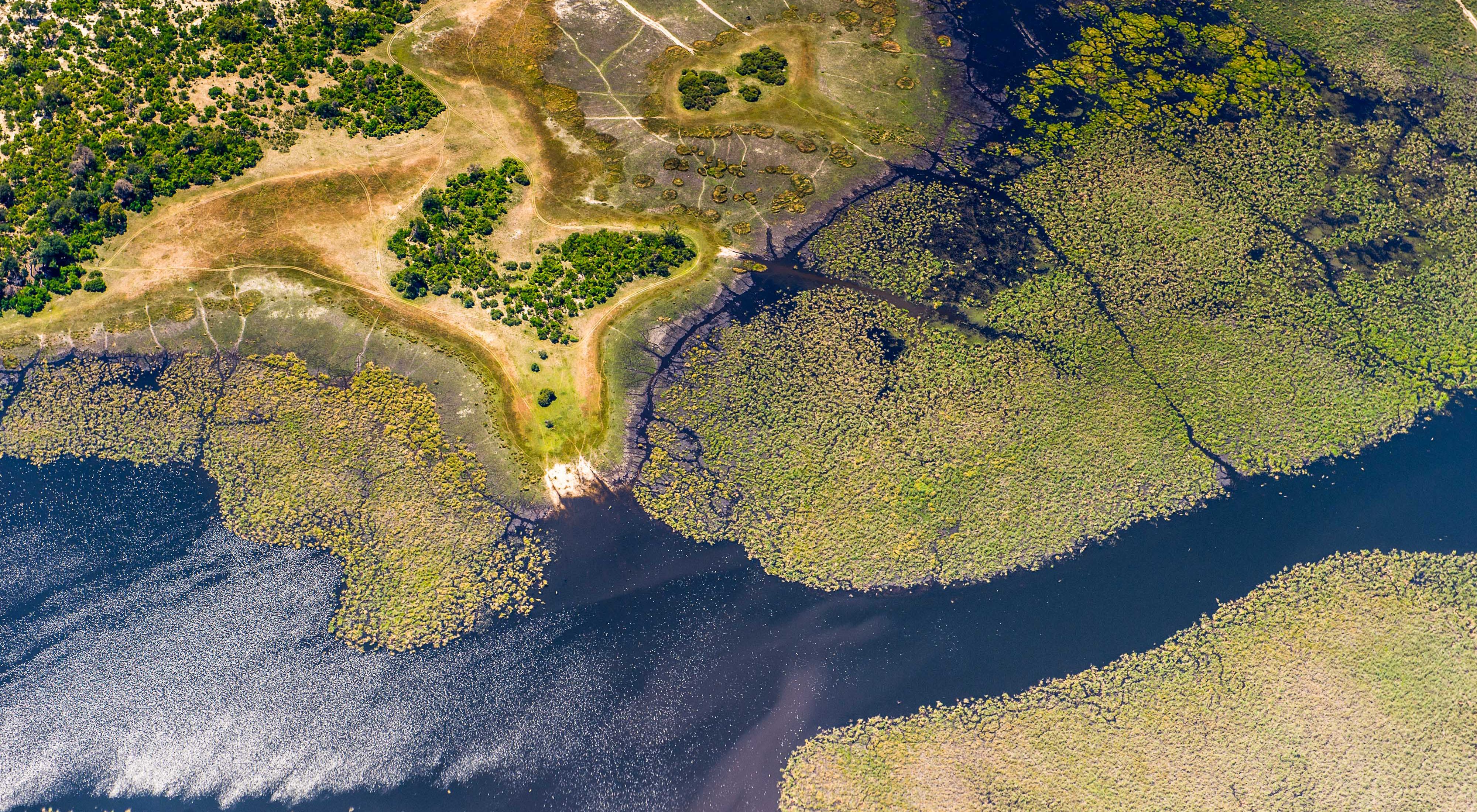Darting kingfishers flashing shades of electric blue and orange. Wild dogs expertly camouflaged between tall blades of grass. Herds of hundreds of elephants trudging through water up to their eyes. Every year, in the middle of the Kalahari Desert, this abundance of life flourishes.
Rains that fall on highlands in Angola take as long as six months to flow the length of the Okavango river system and wet the furthest reaches of its inland desert delta, which doubles in size to 5,000 square miles during its flood season. It supports Africa’s largest remaining population of elephants, African wild dog, big cats, and endangered birds like wattled cranes and slaty egrets.
Angola is developing fast — looking to use its oil wealth to lift its people out of poverty and continue to heal the wounds of a decades-long civil war that ended in 2002. Citizens, businesses, and the government are seeking better infrastructure and improved livelihoods.
Okavango Basin Program Director Sekgowa Motsumi explains why now is a critical time to be working in this region.
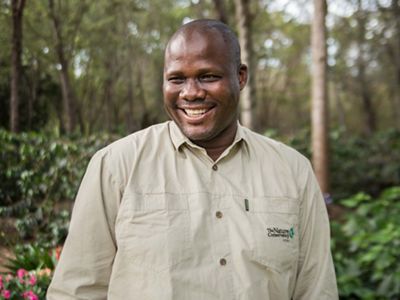
Why did TNC decide to start a program in the Okavango Basin?
The Okavango Basin, and specifically the delta, is an important place for us to work because it’s one of the most biodiverse habitats in Africa, and it provides water for more than 1 million people. Like most rivers, the Okavango is faced with a number of potentially conflicting and unsustainable uses, and we have an unprecedented window of opportunity to help secure the basin.
Conservation efforts here have been challenging because the basin spans across three countries — Angola, Namibia, and Botswana. But TNC has a lot of expertise to offer in this unique scenario, including working with communities and governments on holistic natural resource management plans, guiding partners to make the best development choices, and creating innovative conservation finance schemes.
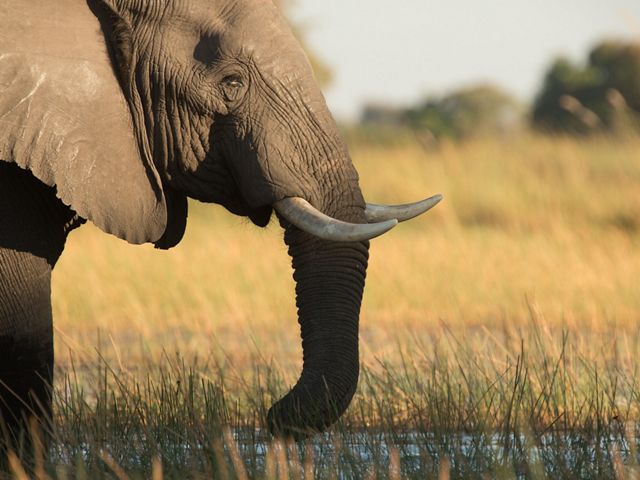
What are some of the biggest environmental threats in this area?
Unsustainable agricultural practices are a big challenge in the area of Angola that supplies 95 percent of the water to the whole system. Farmers are engaging in slash and burn agriculture and, because the soils are generally nutrient-poor, they often move relatively quickly from one patch of land to another, causing unnecessary deforestation. Overfishing, along with bushmeat hunting and poaching, are also affecting the area’s biodiversity.
Without proper planning, new development projects in Angola, such as hydropower dams, could end the regular flooding of the Okavango delta. No one objects to a country developing to improve the lives of its people, but it can be done in a way that doesn’t interrupt this free-flowing river system.
How can TNC make a difference here?
We are working to adapt our proven Water Fund model for the Okavango Delta. Water funds link entities that rely on clean or reliable water supplies downstream with those who can affect those supplies upstream. Here, this means supporting Angola’s farmers, fishers, and infrastructure developers to work in ways that minimize the impact to water sources and flows.
For example, we will likely equip farmers with the skills they need to produce more food on existing farmland and to reduce deforestation, soil erosion, and the accidental use of fires.
In terms of large infrastructure projects, we can supply scientific studies and expertise the Angolan government will need to avoid permanent damage to the ecosystem
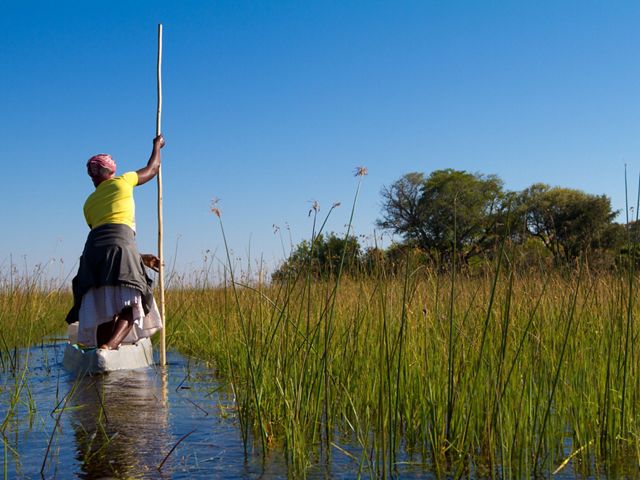
What is the ultimate aim of this work?
The primary goals are the two things that TNC aims to achieve everywhere it works: improving human well-being while conserving natural environments. The idea is that the ecosystem maintains the natural beauty that attracts 1.3 million tourists each year and continues to support local people with food and income. But you also have well-planned development that improves people’s lives.
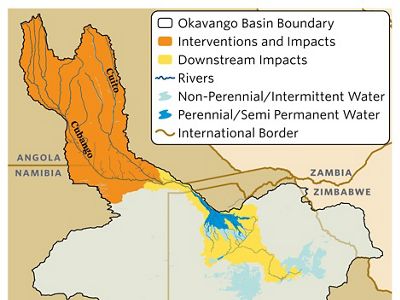
Where are we now and what happens next?
In December 2018, we signed a Memorandum of Understanding with the Permanent Okavango River Basin Water Commission (OKACOM) — a tripartite agreement between the Republics of Angola, Botswana, and Namibia to promote the joint management of the river system — to guide our initial work. As a first step, we are planning an exchange visit in early 2019 to expose the OKACOM member states to the source water protection work that TNC has been pioneering in Brazil over the past 30 years.
A new partnership with National Geographic Society's Okavango Wilderness Project (OWP) will establish the conservation case for protection of the Okavango Basin. OWP scientists are undertaking a biodiversity survey on the two rivers that feed the Okavango through their Okavango Wilderness Project — the Cuito and the Cubango. TNC will now use that data to create analyses that can guide decison-makers toward top conservation outcomes.
With both of these organisations, and most importantly with the governments of Angola, Namibia, and Botswana, our underlying goal is to support sustainable development that maintains the value of the river systems as a whole while meeting national development needs.
Finally, the United States recently passed the Defending Economic Livelihoods and Threatened Animals (DELTA) Act, which aims to promote sustainable economic growth in the Okvango Basin through conservation programs. Our hope is that this legislation will raise the profile of the basin, galvanise additional support, and complement work that these three countries are already doing to manage the river system.
